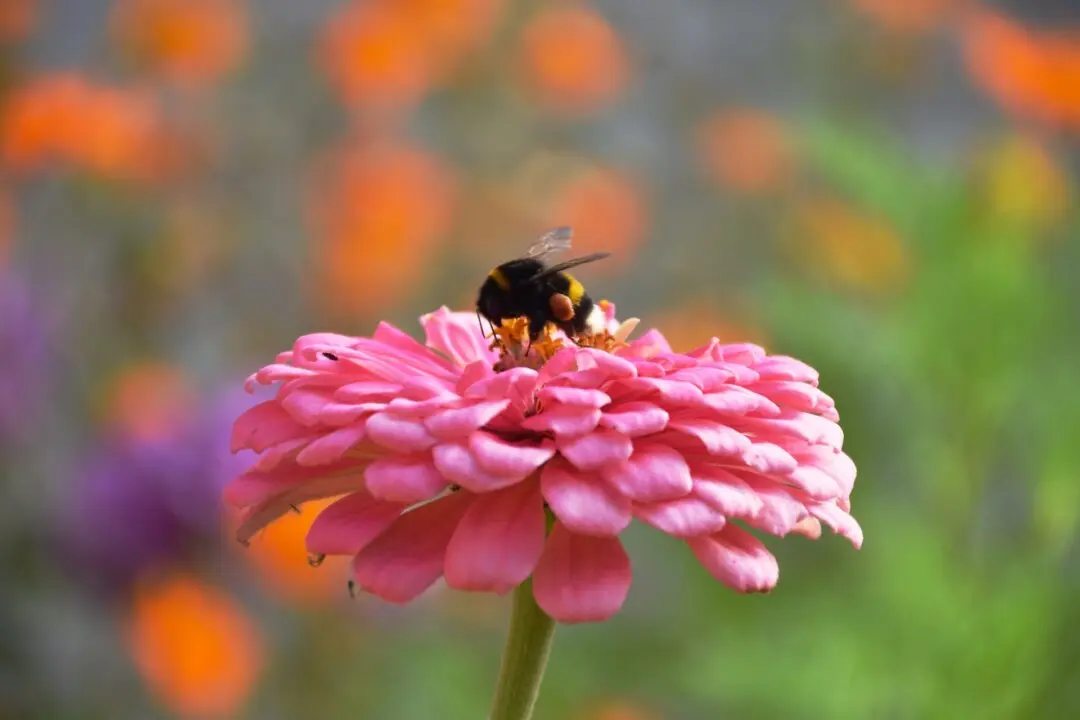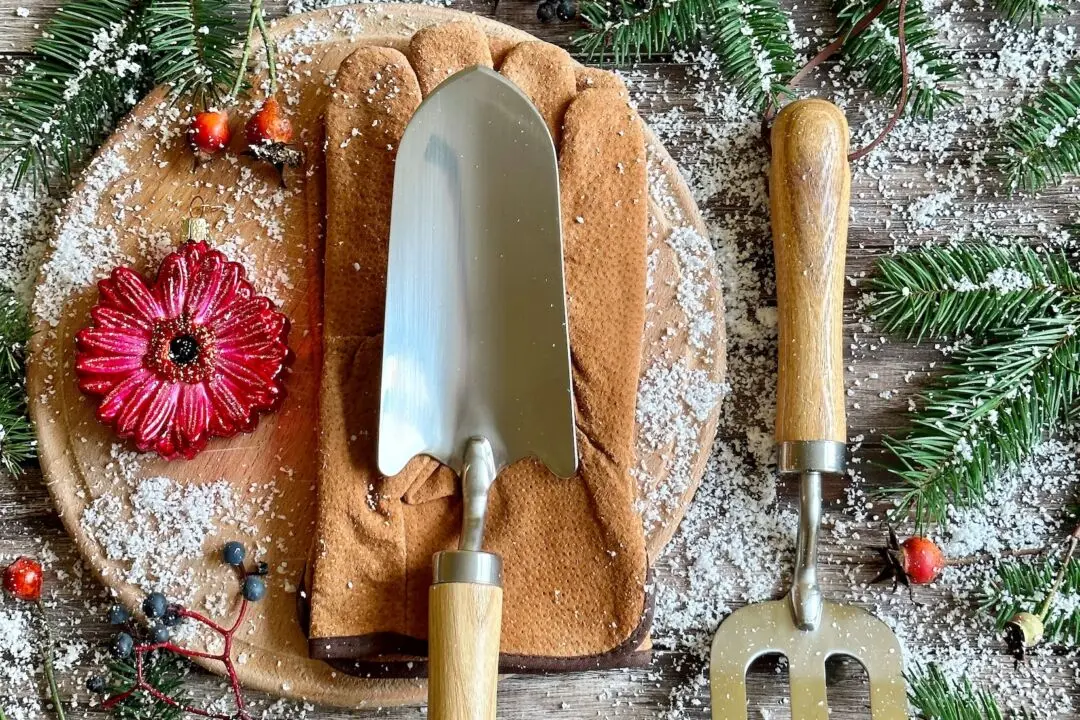Question: The recent storm winds blew lots of small dead branches off my soft maple. Should the tree be pruned? I did not think the tree was dying, but now I am wondering how healthy it is.
Answer: Silver maples, honey locusts, and many other trees will lose a lot of small branches during a storm. Mostly these are the small interior branches that stopped getting enough sunlight over the years and the tree cut them off from access to the sap. Their death is a normal part of the life of a tree. Many stay on the tree for several years until a storm blows them off.





